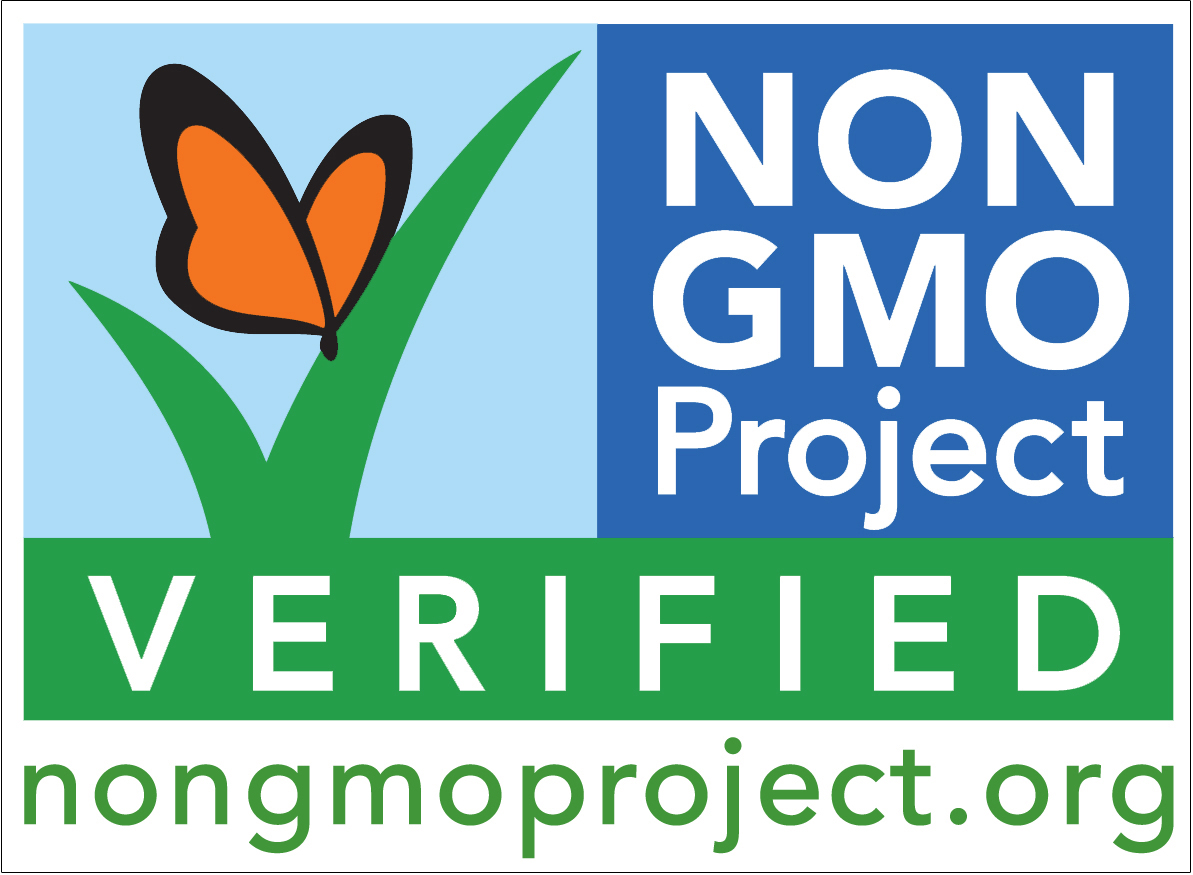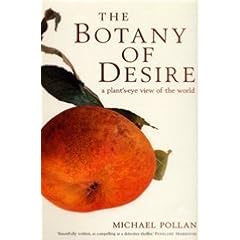Here are a few places where you might not think you’d find Genetically Modified ingredients, so be aware.
Breakfast cereals. Almost all of the corn and soy crops in the USA are now GMOs; unless your cereal sports the Non-GMO Project or Certified Organic seals, be certain that, by default, they contain GMO corn or soy.
Soda pop. If it contains high fructose corn syrup, you can bet it’s full of concentrated modified/mutated DNA. I’m pretty sure that there is not a GMO-free version of high fructose corn syrup, but let me know if I’m mistaken.
Chewing gum. If it contains Aspartame, it contains GMOs. Same goes for Diet sodas.
Chicken. Yep, those chicken nuggets, chicken fajitas, chicken sandwiches, chicken burritos… Even that plain grilled chicken breast on rice served at the luncheon and that roasted half-breast-and-leg portion offered at some fancy restaurants. All of that comes from chickens fed a feed made up of corn and soy. Yep, you guessed, it: unless it’s specifically labeled as Organic of GMO-free, it’s most assuredly chock-full of GMOs. So the chickens eat the feed and now they incorporate the GMOs into their flesh.
Eggs. See above. Always choose organic eggs.
Beef. Cows, too, are fed a feed made of GMO corn and GMO soy. The mutated DNA remains in the meat of the animal, which means that your hamburger is likely brimming with tinkered DNA.
Milk. See above. Studies have shown that GMOs pass into the flesh, milk, and eggs of animals fed GMO-contaminated feed. This goes for non-organic yogurts, too.


 Let’s hope that this study will affect the credibility, legality, and profitabilty of the genetically-modified food industry.
Let’s hope that this study will affect the credibility, legality, and profitabilty of the genetically-modified food industry.